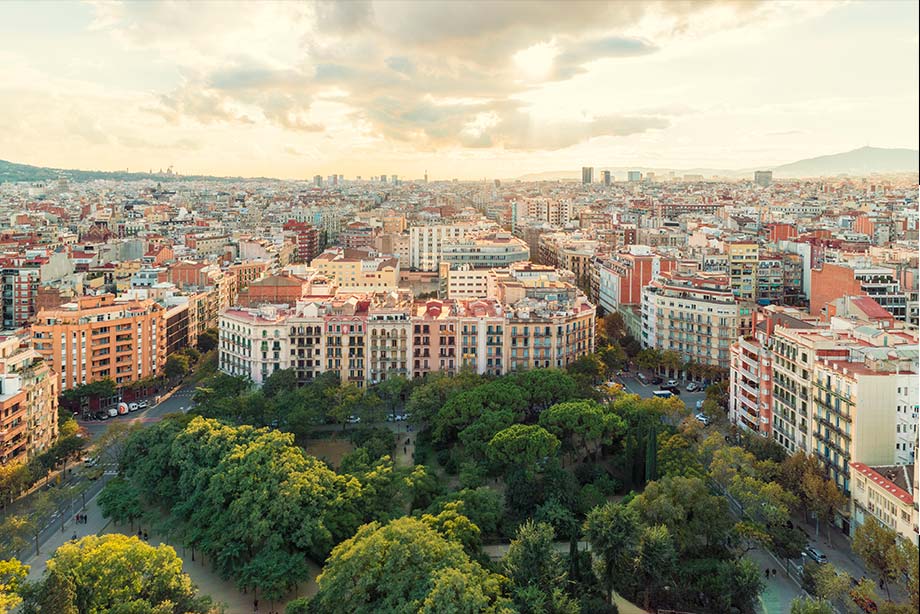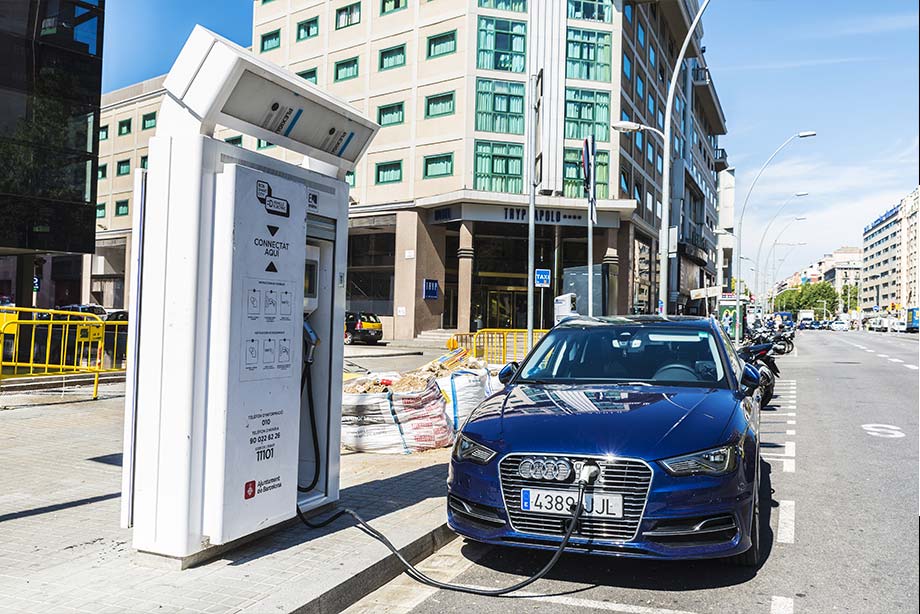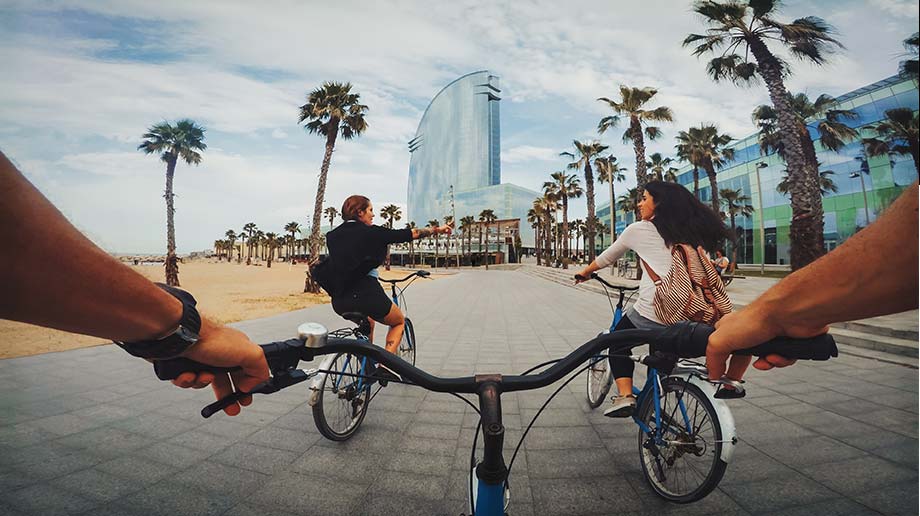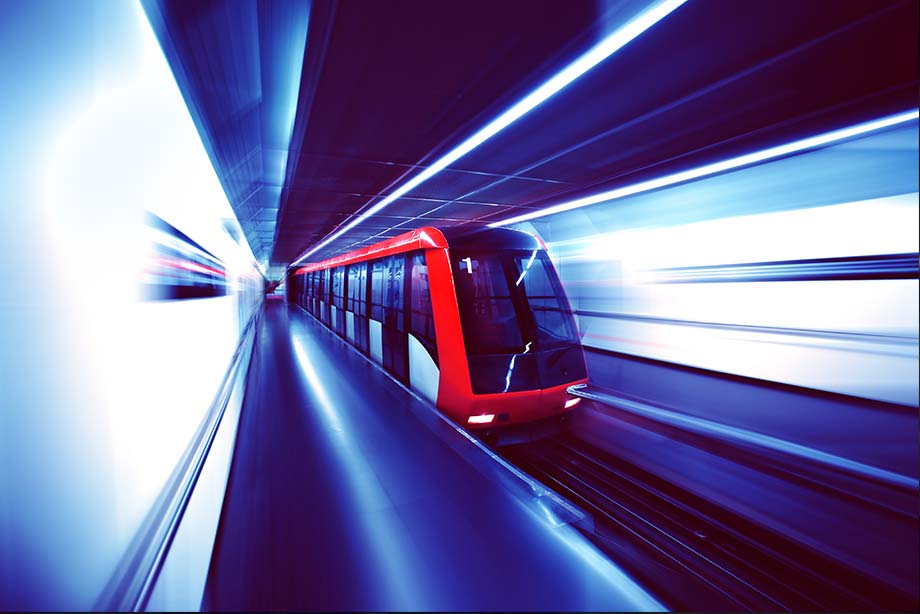

How the Spanish city reinvented itself through an impeccably orchestrated regeneration plan. Superblocks, an urban mobility programme, has helped decrease the number of cars in city centres.
- By Savaram Ravindra and Deepali Nandwani
Sometimes, the greatest of sporting events leave equally great impact on the cities they are staged in. Particularly when the event is as global and prestigious as the Olympics. Beijing built humungous stadiums, which are considered architectural icons. Cities such as Vancouver and London constructed considerable urban infrastructure to meet the demands of sporting events. The once contaminated industrial fields of East London, where the Olympics was hosted, have been converted into a 250-hectare Queen Elizabeth Olympic Park. Modern apartments have sprung up where once stood the athlete’s village.
But it was Barcelona, more than any other city, which used Olympics as a pole vault to leap into the future, launching a regeneration project so humungous that it changed the face of the urbanscape and earned it the tag of a smart city. So rewarding was the regeneration that in 1999, the Royal Institute of British Architects took the unprecedented step of awarding its Royal Gold Medal for Architecture not to an individual architect, as in years past, but to Barcelona for its “ambitious yet pragmatic urban strategy”, which has “transformed the city’s public realm, immensely expanded its amenities and regenerated its economy, providing pride to its inhabitants and delight to its visitors”.

Superblocks, an urban mobility programme, has helped decrease the number of cars in city centres.
If you walk along any of the beaches and promenades of Barcelona today, it is hard to imagine that the city once had virtually no coastline, that it was cut off from the beautiful Mediterranean by a 10-lane highway and railway tracks, and that it dumped all its untreated sewage water straight into the ocean. Joan Busquets, a city planner and architect who helmed the city planning authority ahead of the 1992 Olympics, said in an interview to The New York Times, “Barcelona had all the stigmas of the negative place you could think of.”
Barcelona, which sits on the northeastern corner of the Iberian peninsula, in the Spanish Levante, is bounded by the Mediterranean Sea to the east, the Collserola mountains to the west, the Besoés River to the north, and the Llobregat River to the southwest. Today, this Spanish city may be famous as “the land of sun, sand and sangria”, but before the Games in 1992, it was considered an industrial backwater. Why it went to seed before being put through a major regeneration programme can be traced back to its history.
The city traces its origins back to the Romans, who settled here in 15 BC and in the 1st century BC, built the medieval city of Barcino. From Barcino to modern-day Barcelona has been a long journey, but its growth has been hampered by the fact that it is a “bounded and compressed city”, according to Busquets. While all through history, almost every part of the city was carefully planned, increasing population and a thrust towards industrialisation ensured that, over time, Barcelona got severely congested. In the 1930s, a group of architects called GCATSPAC (Catalan Group of Technical Architects for the Solution of Problems of Contemporary Architecture), headed by Josep Luis Sert, a follower and colleague of the famous French rationalist architect Le Corbusier, came up with an urban development plan to deal with the chaos. Le Corbusier helped GCATSPAC develop the Maci Plan, which reconceived Barcelona along grand modernist lines, as a political and cultural capital.
The Maci Plan was never implemented. Instead, a civil war in 1939 led to the ascension of Gen. Francisco Franco, a fascist dictator under whom Barcelona suffered huge neglect. The period was characterized by unregulated construction using cheap materials, often at the periphery of the city, to accommodate workers moving from other parts of Spain. After his death, Spanish governments over time made small cosmetic changes. But not until the 1992 Olympics was a major regeneration project launched.
Regenerating the city
The local government launched a major restructuring project, which is today considered the gold standard. A report on the economic impact of the Olympics by Ferran Brunet of the Universitat Autonoma de Barcelona, revealed the extent of the investment in infrastructure and how humongous the project was. The regeneration project cost Spain $11.4 billion way back in 2009. “New roads were laid out and the road network went up by 15 per cent; the sewage system was augmented by almost 17 per cent; and the green areas increased by 78 per cent.” Before the regeneration project, Barcelona did not have any beaches or beachfronts. Under the project, the city created two miles of beachfront and a modern marina by demolishing industrial buildings on the waterfront. The city also built a network of sporting infrastructure.
Unlike Beijing, Barcelona did not focus on large sporting venues, considered white whales that gathered dust after the event. Instead, it focussed on funding major infrastructure upgrades across the entire swathe of this sea-fronted city. Rundown industrial facilities were demolished and where the Poblenou district met the water, the planners put in an Olympic village, with new residences that became prime housing afterwards. The beach at the seaside neighbourhood of La Barceloneta was extended two miles north, opening a huge stretch of renewed waterfront to city dwellers and tourists. A new port called the Olympic Port was built to accommodate increased tourism. Ring roads (rondas) were constructed around the city to enable smooth transportation between venues and reduce congestion.
Poblenouw’s transformation also had a lot to do with the artists’ collectives that took over the abandoned factories around the same time, to set up studios. Early adopters included Antoni Miralda and Mariscal, creators of the famous Palo Alto design studio. Although they retain the grittiness of their former industrial avatar, the warehouses now host open-plan homes, co-working studios, and architects and artists’ homes.
Phase II: Meeting the modern-day challenges
The regeneration project was spread over several years, of which the first phase was all about urban infrastructure. In the second phase, city planners came up with solutions on how to grapple with a growing, and ageing population, a challenge most urban cities face today.
In the second phase of Barcelona’s regeneration, which began in 2012, the emphasis was on smart technology, on ways to harness information and communication technology, the internet of things (IoT), and gain insights into data to actually develop smart applications that make day-to- day living comfortable for the residents. Sensors were installed to monitor a variety of services including parking and transportation, air quality tracking and trash collection, which enabled big data analytics to provide optimum solutions.

The then mayor Xavier Trias built a team for structuring all the smart City projects into one co- ordinated system, named as ‘Smart City Barcelona’. It aimed at connecting people and infrastructure using new technologies for offering citizens a better quality of life. The focus remained on good governance, accountable administration, innovative and competitive commerce and a sustainable city. It also aimed at enhancing cooperation between businesses, people and the government for the creation of a knowledge society.
One of the major drivers of this model was the need to make the city more competitive by creating new communication channels, improving the efficiency of public services, facilitating access to information and promoting innovation. A Smart City PMO (Personal Management Office) was created to co-ordinate all the projects in the city. Some of the key features of Barcelona Smart City Transformation include:
Poblenou
The artists and architects’ hub is at the centre of Barcelona’s smart city transformation. A few years ago, 200 hectares of industrial sites were hewed out into a technology and innovation hub and rebuilt under 22@Barcelona. The Smart City campus is located in the heart of Poblenou. Many notable start-ups and co-working spaces operate out of the neighbourhood. The residents of Poblenou will be the early adopters of 5G technology; it will enable businesses working out of this area to communicate with zero latency. Enhanced connection means enhanced M2M (machine to machine) interaction. The customers who are looking to make use of services such as Glovo (a courier service based out of Barcelona), can configure their devices for paying automatically and tracking deliveries with zero time lag.
TMB smart app
The TMB App is designed to place all the transport (Barcelona metro and bus) information that citizens require at their fingertips, irrespective of the area they are in. They have access to alerts, maps, operating hours, bus due times, nearest public transport and navigation. Using the widgets available on their mobile screen, they are able to look up routes, save their favourite routes and means of transport to speed up their searches. There is a provision to choose the alerts they want to receive for staying informed about disruptions to metro and bus services, exclusive special offers for cultural and leisure activities, and new developments in public transport in the city.
Smart transportation system
Barcelona is showing tremendous commitment towards becoming a frontrunner in the use of renewable energy for transportation. The city has introduced electric vehicles (which produce less pollution and have more energy efficiency) for minimizing the environmental impact of public transportation and enhancing the quality of life of its citizens by providing high quality and clean water, air, and light. It has built free electric charge points in municipal car parks that are located across the city for supporting its citizens who use electric vehicles.
Smart traffic light system
Designed to help visually impaired citizens use pedestrian crossings, it consists of a remote control device which activates the audio mode that emits a sound when the traffic light turns to green. The smart street lights also allow the emergency vehicles to pass through traffic without disrupting its smooth flow, and manage the traffic light route to an accident or fire. This system turns the traffic lights into green colour along the route to the destination, until the emergency vehicles pass through and then returns them to their standard setting, leaving the route clear of traffic.
Bicing and interactive bus stops
The city bike system of Barcelona a supports the economical mode of transportation. Citizens can rent a bicycle from Bicing to go across the city; there are no prohibited zones. Many citizens choose to buy a membership card, which has to be activated at the Bicing stations. Interactive bus stops are another outstanding infrastructure introduced as part of the city’s smart transportation system. sustainable bus stop, designed using a host of smart technologies, offers facilities such as USB ports, a WiFi connection, and an interactive touchscreen device powered by a solar panel that offers information about bus schedules and other additional information about the city.

Barcelona is now already on its third phase of regeneration — this time with the Climate Plan 2018- 2030, which aims to limit the average temperature rise to no greater than 1.5 degrees Celsius by the end of the 21st century.
Smart waste management system
Barcelona has implemented a pneumatic waste management system. The compact drop-off containers suck the trash below the ground with the help of a subterranean vacuum network, via the pipes. This system alleviates the noise pollution made by trucks carrying trash and keeps public spaces clear of any trash. The pneumatic collection is made available at a number of waste bins that are all linked to a central suction point via a network of pipes. The bins are located on landings of buildings, common areas, or on streets. The system allows to deliver the waste at any point of time during the day.
Dealing with noise pollution
Placa del Sol, a beautiful square in the heart of Barcelona, is a perfect hangout zone for locals and tourists with its gaggle of shops that remain open late nights. But the noise level was getting to be a nuisance for the residents in the area. As part of the smart city programme, the authorities devised low-cost, easy-to-use sensors that can detect air pollution, noise levels, and other factors such as humidity and temperature. The people living in nearby apartments placed these sensors in their balconies only to realise that the noise levels are far higher than those recommended by the World Health Organization. The matter was escalated to the City Council, which laid down rules that ensure the revellers, and those not living in the area, clear the square by 11 every night.
Urban mobility plan
Barcelona, like most world cities, is swamped with cars that cause the levels of noise pollution, air pollution and greenhouse gases to rise. In a bid to provide space to cyclists and pedestrians, the city planners came up with an urban mobility plan called Superblocks that helped decrease the number of cars in city centres on any given day, and increase mobility by foot, bike and public transport. In short, the City Council plans to block traffic from entering nine square blocks in Barcelona. So, cars and trucks wanting to enter the streets through those roads have no other option but to drive around the perimeter of the superblock. The speed limit inside the superblock is restricted to 1okmph and all the parking is underground. This allows more space for outdoor games, markets and other events. Poblenou was the first such superblock in Barcelona and the city is aiming to build many more in the years to come.
The future of development
Barcelona’s success is the result of co-operation between the academic, private and government institutions, and other relevant stakeholders. Also, the city government’s political commitment to lay out all the best practices for a smart city is a major contributor to its success. Josep- Ramon Ferrer, the former director of Barcelona Smart City and IT Program and Deputy CIO at the Barcelona City Council, has said in the aforementioned interview to The New York Times, “We had to anticipate the 21st century's main challenge: fast- growing urbanization while constantly innovating. By 2050, 70 per cent of the global population will live in cities. This growing urban population will put more pressure on cities, inducing more energy consumption (cities consume around 70 per cent of global energy today), more resources to be allocated, etc. Cities will also face a growing concentration of economic activities. Currently, large cities alone account for 55 per cent of economic output. In this new context, smart city management means ensuring citizens’ quality of life, with new and more complex needs, and allocating resources efficiently.”
Barcelona is now already on its third phase of regeneration — this time to combat climate change. The Climate Plan 2018-2030, launched last year, aims to cut greenhouse gas emissions by 45 per cent in the bid to contain the average temperature rise to below 1.5 degrees Celsius by the end of the 21st century. The plan identifies a number of climate risks that Barcelona faces—drought, floods, saline intrusion, forest fires and sea storms —and then proceeds to devise ways of combating these from an adaptation perspective. In the process, it promotes a transition towards decentralized energy generation, encourages self-reliance and advances the use of renewable energy.
With so many plans underway, it is no wonder that last year Barcelona was ranked as the eighth most liveable city in the world, ahead of even technologically advanced and a much smaller San Francisco. The global consulting firm Resonance, which does the ranking, called the “defiant Catalan capital, an eclectic mix of beach, architecture and boho vibes”, and “an almost ideal European city”. Barcelona is an excellent example of how an old city, through innovative thinking and use of modern technology, can transform itself into one of the greatest global metropolises. An example for the rest of the world to follow.
